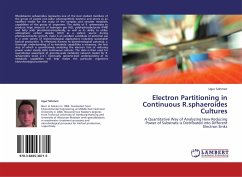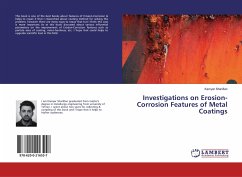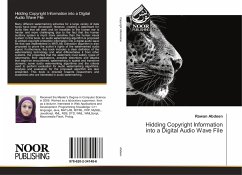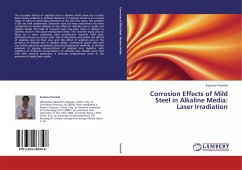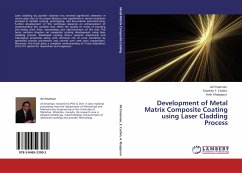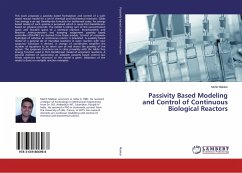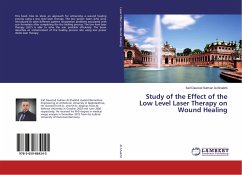
Nanoparticles by Continuous-wave Laser Ablation in Liquid:
Generation and Characterisation
Versandkostenfrei!
Versandfertig in 6-10 Tagen
52,99 €
inkl. MwSt.

PAYBACK Punkte
26 °P sammeln!
Laser ablation in liquid is becoming an important technique for the generation of nanoparticles (NPs). Until now only pulsed lasers have been used; this is a pioneer work, using high-power, high-brightness continuous-wave (CW) fibre laser ablation in liquid, for the generation of NPs. A mechanism is proposed based on experimental observations, including high-speed imaging and emission spectroscopic analysis of the ablated plume. Three different target materials (Titanium, Nickel and Alpha-aluminium-oxide), submerged in either water or sodium dodecyl sulphate (SDS) solution at various concentra...
Laser ablation in liquid is becoming an important technique for the generation of nanoparticles (NPs). Until now only pulsed lasers have been used; this is a pioneer work, using high-power, high-brightness continuous-wave (CW) fibre laser ablation in liquid, for the generation of NPs. A mechanism is proposed based on experimental observations, including high-speed imaging and emission spectroscopic analysis of the ablated plume. Three different target materials (Titanium, Nickel and Alpha-aluminium-oxide), submerged in either water or sodium dodecyl sulphate (SDS) solution at various concentrations were used. The characterisation of the generated metal-oxide NPs, in terms of size, size-distribution, shape, chemical composition and phase structure was carried out by UV-Vis photo-spectroscopy, transmission electron microscopy (TEM), high-resolution TEM with energy-dispersive X-rays spectroscopy and X-ray diffraction. This study paves a route towards a new application of CW fibre lasers. The book is useful to engineering students, professional engineers, researchers, academicians and scientists in materials, NPs characterisation, mechanical, laser processing and related disciplines.




